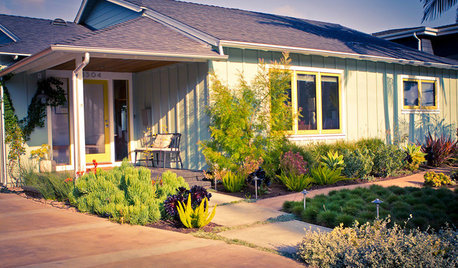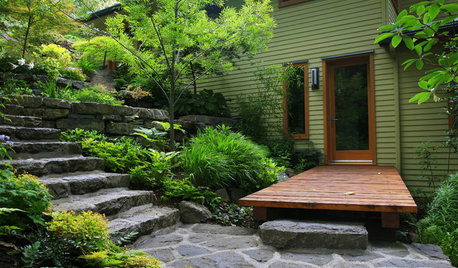PJM roadies keep dying, what to replace with?
dominogold
16 years ago
Related Stories

FRONT YARD IDEASBefore and After: See 5 Dramatic Front Yard Updates
These makeovers, including a parking-strip farm and an entertaining hub, elevate the typical front yard
Full Story
PLANTING IDEAS9 Beautiful Shady Yards Overflow With Lush Plantings
Find out how to mix foliage colors and textures to brighten dark areas and create dynamic shade plantings
Full Story





luis_pr
rhodyman
Related Professionals
70037 Landscape Architects & Landscape Designers · Graham Landscape Architects & Landscape Designers · Winder Landscape Architects & Landscape Designers · Harvey Landscape Architects & Landscape Designers · Bethlehem Landscape Contractors · Braintree Landscape Contractors · Crystal Landscape Contractors · Darien Landscape Contractors · Fishers Landscape Contractors · Fort Mill Landscape Contractors · Framingham Landscape Contractors · Fridley Landscape Contractors · Las Vegas Landscape Contractors · Natick Landscape Contractors · Stony Brook Landscape Contractors